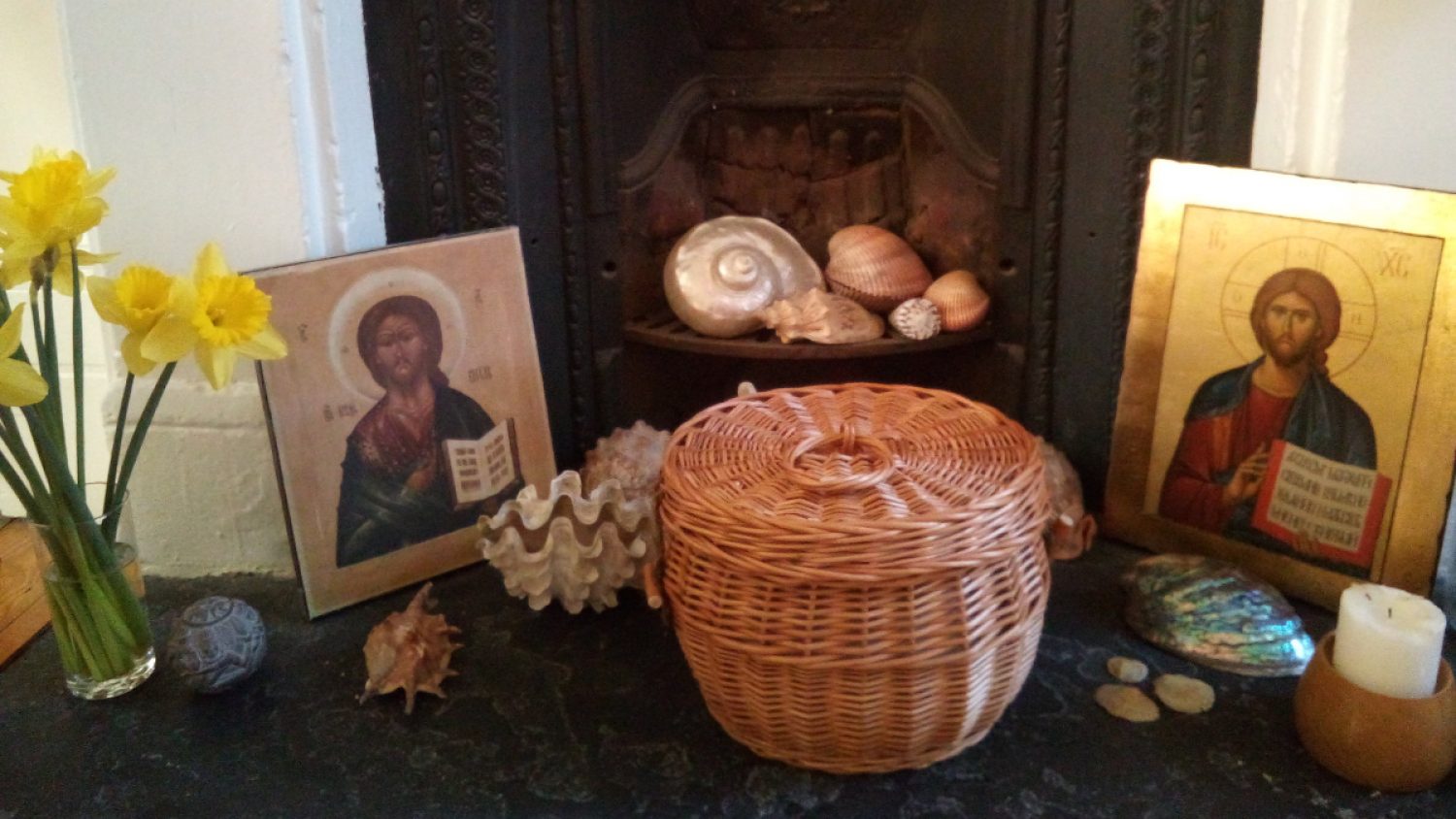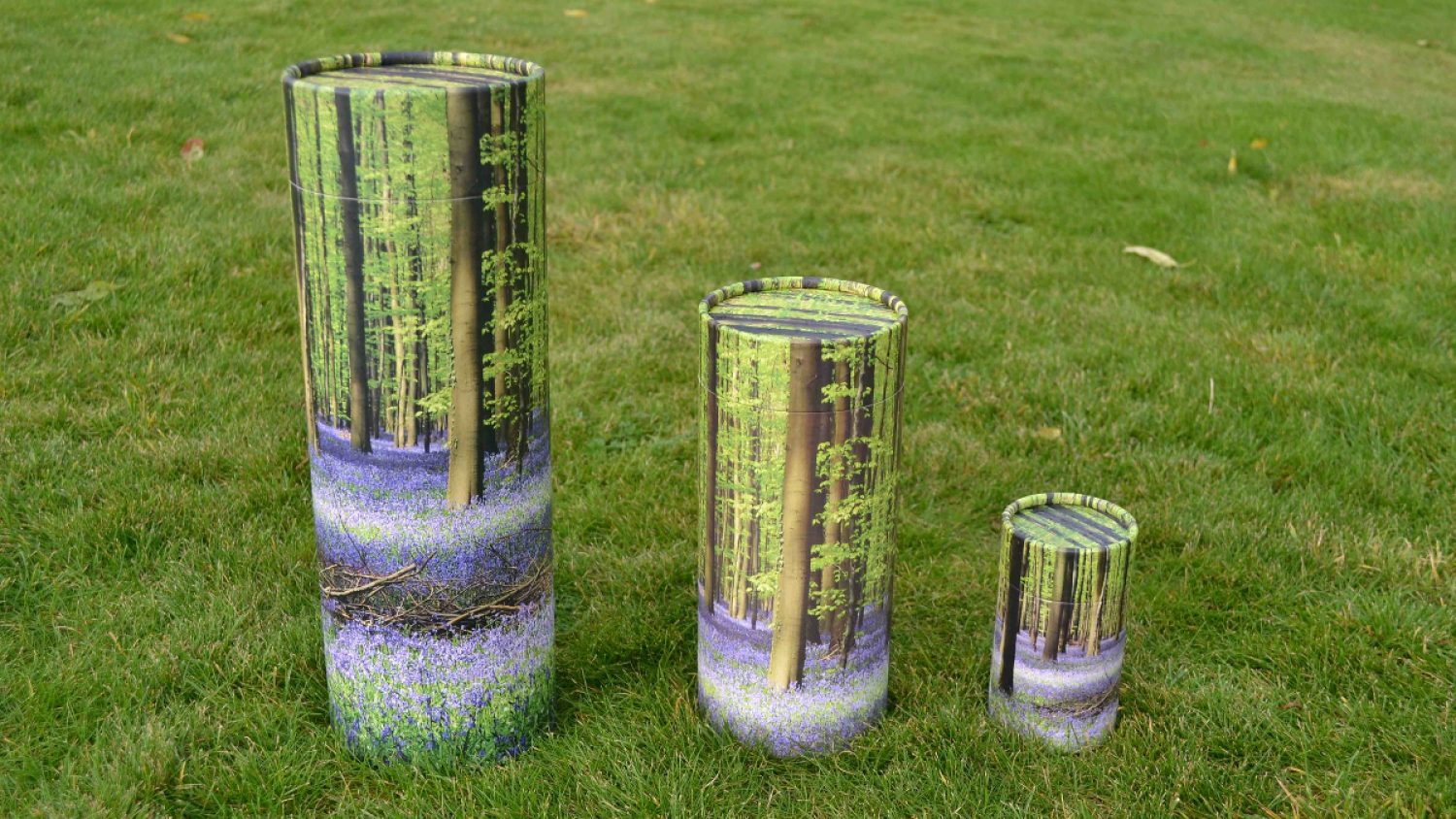Five minute read
In 2020, 80% of all UK funerals were cremations, and this proportion has been rising steadily over recent decades. In each case, friends or family need to decide what they would like to do with the person’s ashes or to follow directions left by the person who has died.
In this blog, we share some of things that you need to bear in mind — and a few facts that you probably never knew — about keeping or scattering ashes.
If you want to know about more about how to bury or inter ashes, instead of scattering them, check out this short guide.
1. Having a ceremony for the ashes can be an important step on your grief journey.
The funeral tends to be very early after a bereavement, at a time people are often still in shock, especially if the death was unexpected. What you need from a funeral when you are in pain and in shock, can be very different to what you want from a ceremony later on.
Having an ashes ceremony a few months after the funeral itself gives you the opportunity to plan something more celebratory. You can focus on giving thanks for the person’s life.
If you want to scatter the ashes, but unsure exactly where or when, there is no rush to decide. You can keep the ashes for as long as you need to.
2. Only designated people can collect the ashes after the cremation.
As part of the cremation paperwork, you will need to complete a form which names the person, or people, who are authorised to collect the ashes. The crematorium will only release ashes to the person or people named on the form. The ashes are usually ready to collect one or two days after the funeral.
If you want to change the name, you need to fill in a new form which your funeral director can submit to the crematorium. Alternatively, we are happy to collect a person’s ashes on behalf of a client and deliver them to you personally.
Watch this short 'Ask A Funeral Director' video about how you can be sure you're collecting the right ashes
3. There are often more ashes than you might expect.
When you collect the ashes, there are likely to be around three litres for an adult. You may choose to divide the ashes between different family members or friends, to keep some and scatter the rest, or to scatter the ashes across more than one location.
Ashes can be returned to you in a scatter tube (a reinforced cardboard tube), biobox (a shoe-box-sized container made out of an environmentally-friendly material such as cardboard) or a polyurn (a plastic container about the size and shape of an old- fashioned shop sweetie jar).
4. You can transport ashes overseas — but do your research first
Many people find it deeply meaningful to return a person’s ashes to where they were born or to a place which had special significance to them. This is perfectly possible — we have helped people to take ashes to Italy, Spain and Australia — but requires advance research.
Laws regarding ashes vary from country to country, so it is essential that you check these out before you arrange to travel. For example, in some countries you are not allowed to scatter ashes in an undesignated area or to keep them at home.
You must call the embassy of the country where you are travelling, to check what kind of container they require the ashes to be in, and to ask about any other requirements that they have.
In most cases, it's advisable to arrive at the airport early to avoid security delays, and to bring the ashes in a non-metal container. You will be able to take the ashes on the plane as hand luggage. If a specific kind of container is needed, we can help you to source it.
You will need to travel with the death certificate and certificate of cremation. If an additional letter from a funeral director is asked for, we can provide this for our clients.
5. Untreated ashes are not good for planting trees
Cremation ashes have a high pH and high sodium content. This means that, without special treatment, they don’t provide good conditions for plants or trees to flourish.
However, products are available which, mixed with the ashes, can help balance and release the nutrients.
6. There are many options for scattering ashes — in water, on land or in the sky
You do not need a licence or a permit to scatter ashes in the UK, but you do need the landowner’s permission. Some places have a complete ban, like Royal Parks, but there are many other locations, like sports grounds or historical sites which will grant permission and will give you advice if you ask.
You can even get a specially-designed walking stick, which you can fill with the ashes. Every time you press down on it, it releases a small amount of ashes, so you can disperse them along a favourite walk.
Scattering ashes in the sea or in a river is permitted by the Environment Agency, as long as you don’t add any polluting material and don’t disturb others enjoyment of the water.
Beautiful, biodegradable water urns, including those shaped like Viking boats, are available. These will hold the ash and sink to the sea or river bed before dissolving.
And, if you fancy shooting up into the sky, ashes can be made into fireworks, or can be scattered during a hot air balloon flight or skydive, for a dramatic final send-off.
7. You can keep the ashes as a lasting memento
There are a variety of ways to turn ashes into keepsakes. A small amount can be kept in a bracelet, pendant, ring cufflinks to be carried with you always.
But it doesn’t stop there — you can also create paperweights, LPs or Christmas tree baubles which contain ashes, as well as other items which may be meaningful to you. A very small amount of ashes can even be mixed with ink to create a unique tattoo.
Or you may simply opt to keep the ashes in a wooden, willow or cardboard urn, a box or even an old biscuit tin. We know many people who keep ashes at home and talk to them, maintaining a connection with the person who has died.
Find out more about the options for scattering ashes
Discover more about simple and direct cremations and what really happens at a cremation.
To stay in touch with all the latest news and updates from Poppy's by email, sign up here or contact us if you need help planning a funeral.


